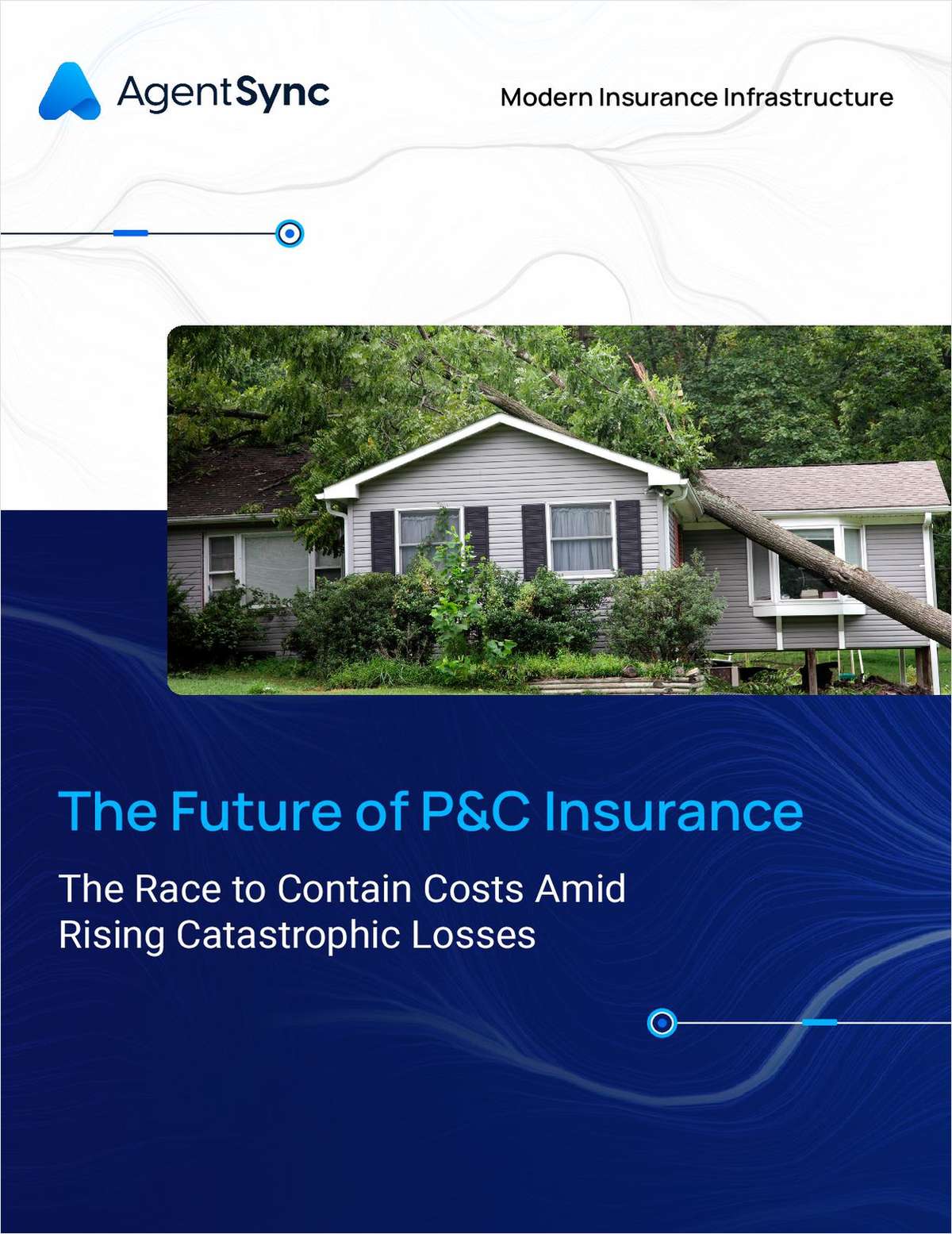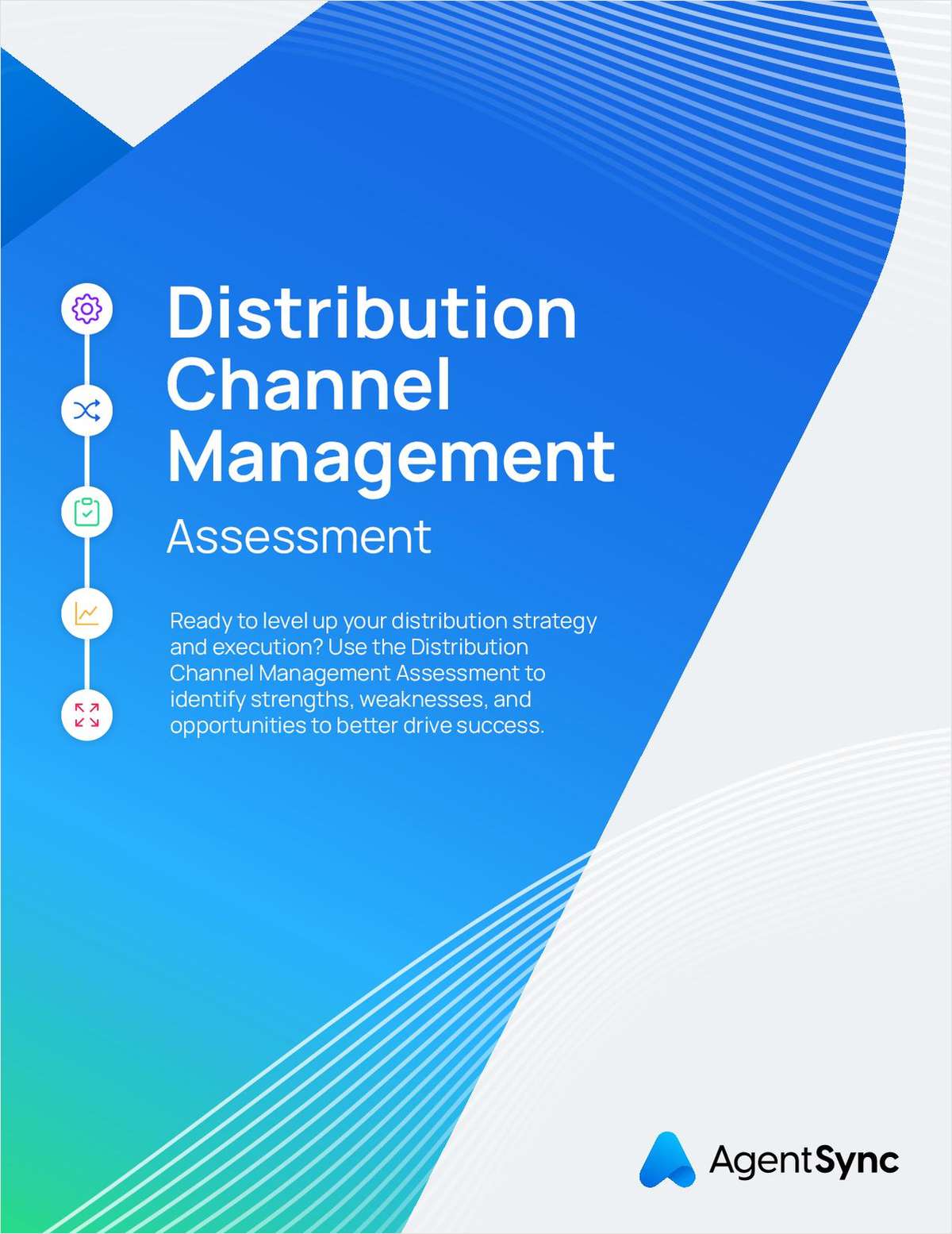The U.S. economy is always top of mind for property/casualty insurers—particularly when it remains sluggish for two or more years—but there are other issues for carriers to address if they want 2011 to be successful.
Ernst & Young, in its 2011 outlook, lists six key issues for insurers to address. Leading the way for IT leaders is predictive analytics.
"There's a lot of information available out there particularly around individual customer behavior," says Jay Votta, principal in the insurance and actuarial advisory service for Ernst & Young. "We believe, given the very slim margins in the P&C business, the companies that are going to perform the best are the ones that can take advantage of this new wave of information that's become available in the last few years."
Insurers able to mine such information and gather data to understand customer behavior can better determine what drives buying habits and how to react to those drivers, according to Votta.
Votta sees insurers using analytics in additional ways—such as claims and new customers—but believes the greater emphasis will continue to be on underwriting.
"[Underwriting analytics] can spur top-line growth," he says. "The claims applications are more of an expense reduction. When margins are as slim as they are, that's compelling, but not to the extent that companies believe top-line growth can move stock prices."
The soft market conditions in the property/casualty arena have forced insurers to examine their underwriting systems because margins are being squeezed tight, explains Votta. Insurers are looking for opportunities to increase those margins because they don't anticipate any rate relief in 2011.
Votta maintains there are multiple reasons why the industry is stuck in this soft market, but the most obvious is the fact there is so much capacity in the industry. "Too many players and too much competition are driving prices," he says.
Votta believes insurers need to invest in underwriting and the motivation for this spending relates to preparation for the hardening of the market.
"With the consolidation that's going on in the industry there are a lot of legacy systems—multiple systems—that make up a carrier's underwriting platform," he says. "In an attempt to consolidate and streamline all these different systems they've taken on through mergers and acquisitions we see [consolidating systems] as the main driver of the investment going on in the underwriting space."
Votta and E&Y can't predict the date when the market will finally re-harden, but he feels it is imperative for carriers to understand what needs to happen before there is a change.
"There's over-capacity, yet the underwriting margins aren't where they were three or four years ago," he says. "Investment income results have not been where they were historically. There are a lot of signs where historically the market has turned in terms of how thin margins can get and how low cash flow can go. But I think what is holding back any turn is the amount of capital that is sitting, particularly in the P&C industry. [Capital] has to be less available for there to be any market change in pricing."
E&Y is among those that believe premiums will increase in 2011, but Votta feels the reason for the boost is less about stronger rates and more about general economic activity, which he feels spurs premiums.
"If you were rating policies based on sales or miles driven and then the economy turned down the industry's premiums, you were hit with a double whammy," says Votta. "Rates were softening and there was less of an exposure base to apply those premiums to. We don't see premiums coming all the way back in 2011, but we certainly see an uptick in economic activity so we think that's what's driving what little increase in premium we're going to see."
Votta doesn't have any prediction on how 2011 will turn out because of the cloud that hangs above the property/casualty industry every year: the threat of catastrophes.
"[Last year] turned out to be a good year for the industry as a whole because there weren't any [insured] catastrophes," he says. "Investment results were certainly a lot better than in 2009."
Votta sees the same scenario playing out in 2011.
"If there aren't any cats, the underwriting results will be good, but they won't be as good as last year because rates have further deteriorated," he says." We believe the margins are thin to the point where a major cat might very well be the trigger needed to harden rates."
Want to continue reading?
Become a Free PropertyCasualty360 Digital Reader
Your access to unlimited PropertyCasualty360 content isn’t changing.
Once you are an ALM digital member, you’ll receive:
- Breaking insurance news and analysis, on-site and via our newsletters and custom alerts
- Weekly Insurance Speak podcast featuring exclusive interviews with industry leaders
- Educational webcasts, white papers, and ebooks from industry thought leaders
- Critical converage of the employee benefits and financial advisory markets on our other ALM sites, BenefitsPRO and ThinkAdvisor
Already have an account? Sign In Now
© 2025 ALM Global, LLC, All Rights Reserved. Request academic re-use from www.copyright.com. All other uses, submit a request to [email protected]. For more information visit Asset & Logo Licensing.








